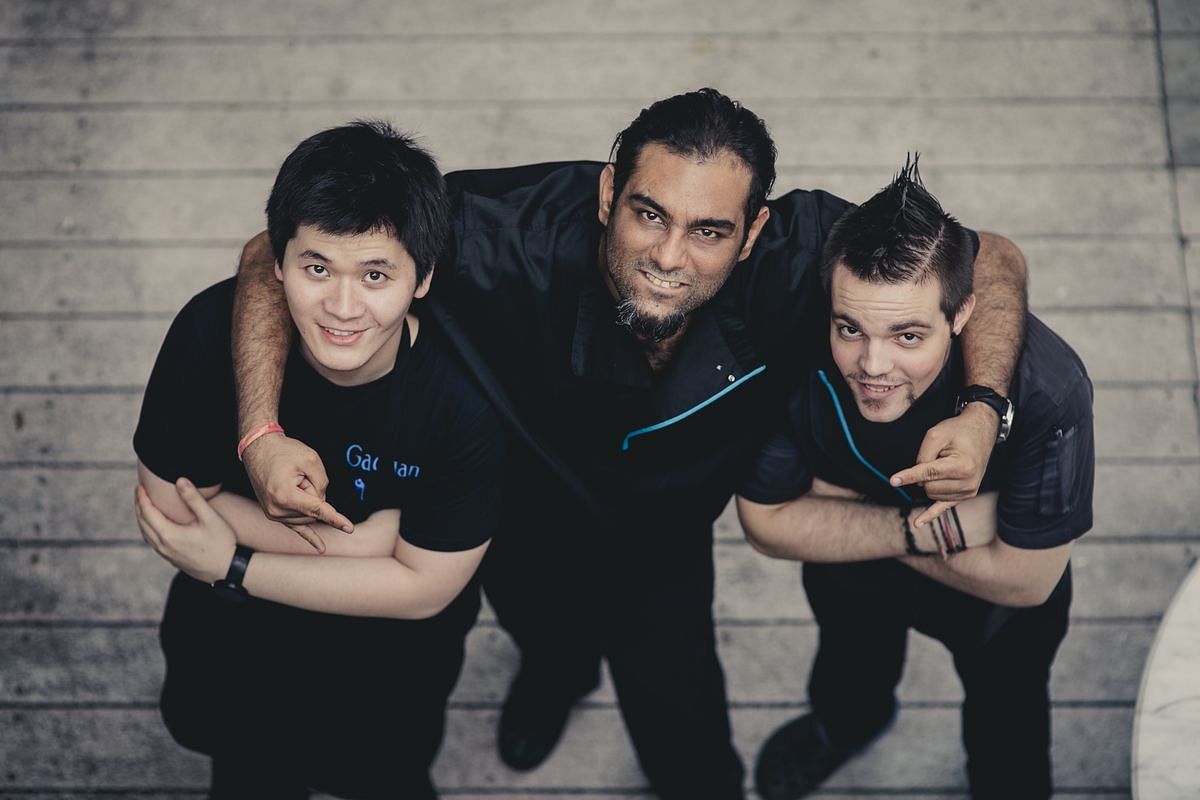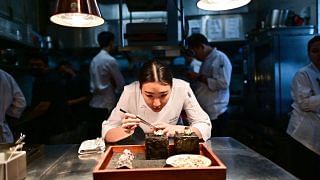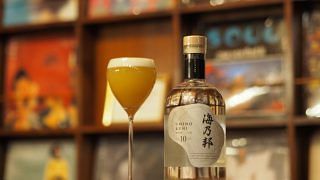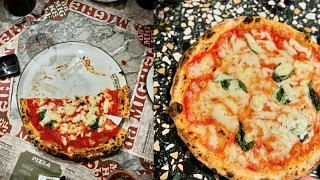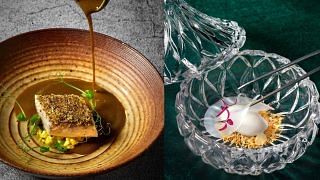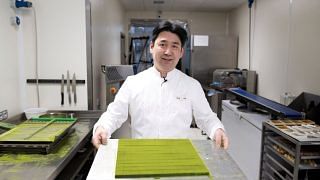After another big win at the Asia’s 50 Best – what do you hope to achieve next, or what is your biggest dream that you hope to achieve?
Asia & The World’s 50 Best Restaurants has given us a lot of visibility. I feel very blessed, and happy to be living my dream. It’s very satisfying to go to sleep and then wake up every morning with a new excitement to go to work and cook. Despite the accolades, I think it’s important for us to just focus on what we are doing now and continue to explore how we can take our food forward from here.
You’re planning to open five eateries with different partners over the next couple of years. How does each one scratch a different itch, or represent a different direction you want to explore?
It’s given me the push to create and cook some new things we’d imagined but haven’t yet put on a plate. It’s a chance to be bolder and more progressive. We’re working on new concepts for Thailand, which we’re very excited about and would like this to be a surprise.
What inspirations and influences drive your cooking?
Inspiration comes from my travels, my memories and my fantasies about food. A strong influence would be the street foods that I have been living on since my childhood, which give me fond memories of good food that help me deconstruct them in a progressive way. India is so diverse and every trip back home brings me back to my nostalgia, it’s such a big country and we’re lucky to have so much depth to our street food. I particularly love puchka, gol gappa and samosa. So far, I haven’t been using a lot of influences from Thai street food, though I do enjoy it, but that does not mean that I won’t use it some day!
You’ve interned at el Bulli; how did your time there change how you think about cuisine? Has it left a lasting legacy in your creative output?
When I was working at el Bulli, they taught us that we are chefs and not molecular scientists – we cook with our hearts, not our heads, and we use modern techniques to exploit the boundaries of cooking, and not just to study the scientific results. Molecular gastronomy is the study of chemical and physical changes that happen during cooking, although we might use it to support an avant-garde approach. At the end of the day, we’re still preparing food that people will enjoy. That’s why I prefer to call my approach “progressive Indian cuisine”, because progressive simply means moving forward with new or modern ideas – advancing it into an improved, refined and more developed cuisine.
How can Indian dishes be updated inventively for modern palates?
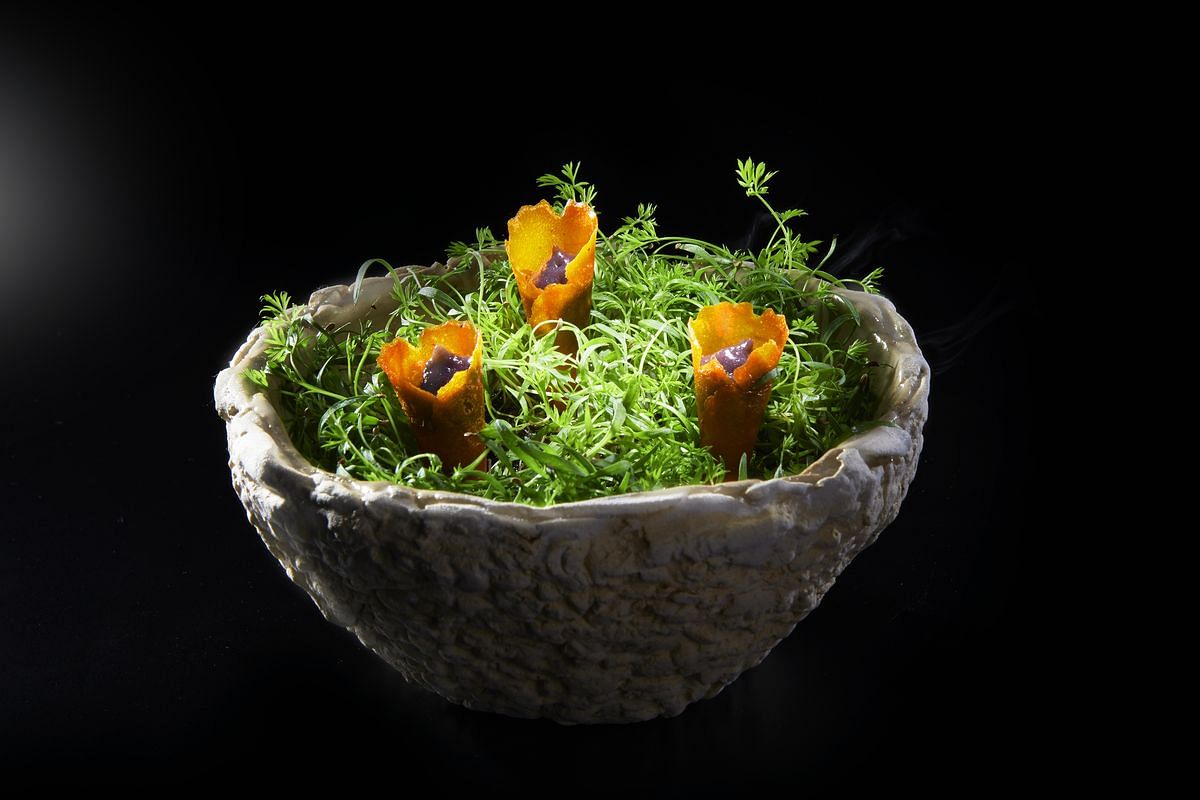
When we take a classic dish and re-interpret it with a modern take, what we really do is break it down to its core ingredients and change the approach, but we don’t change the taste. You can play with textures and presentation, but it’s the mix of taste, art and philosophy – the presence of both familiar and unfamiliar elements – that brings surprise to the table. We want the taste to be familiar, but also for the dish to have a complete makeover in looks and texture.



